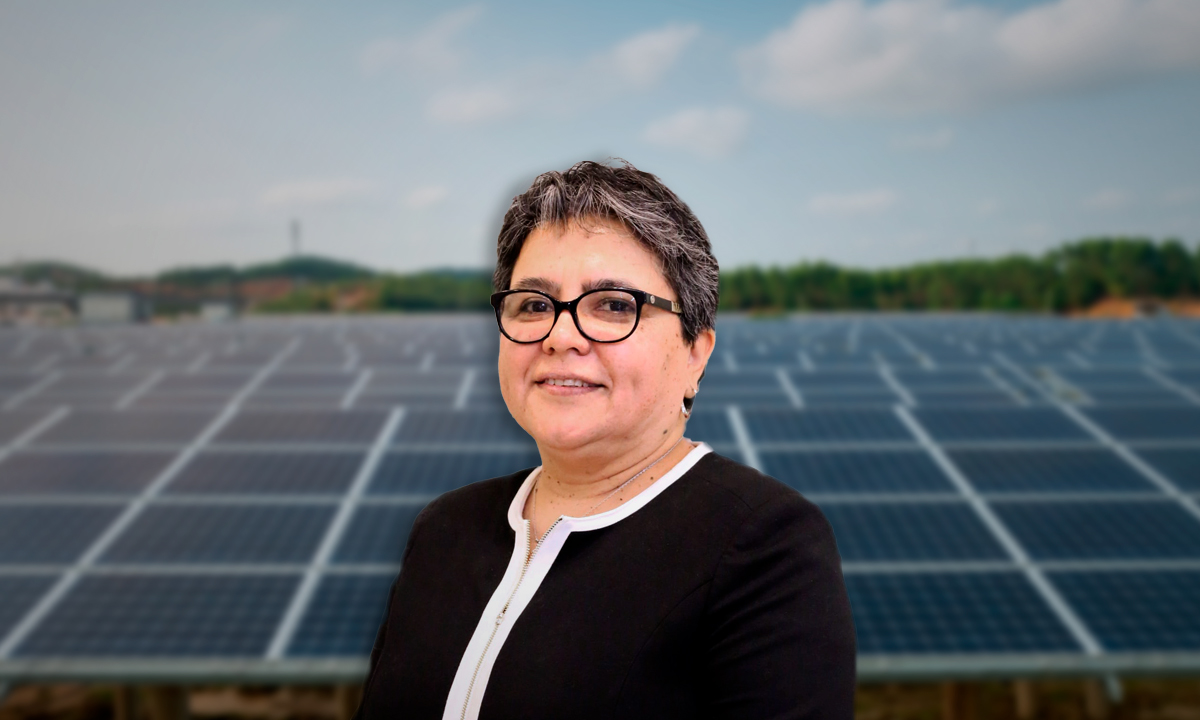Ethnic groups in South Sudan

The ethnic groups in southern Sudan have a predominance of the Nilotic peoples.
Ethnic groups in South Sudan – Nilotic groups make up the ethnic majority in this coastal East African country.
The Republic of South Sudan is an East African country bordering Kenya, the Democratic Republic of the Congo, Uganda, Ethiopia, and the Central African Republic. South Sudan gained its independence from Sudan in 2011 and its capital is Juba. South Sudan has about 8 to 10 million people with about 60 ethnic groups indigenous to the country.
Nilotic peoples make up the majority of the population of South Sudan, with at least 25 ethnic divisions.
What are the Nilotic peoples? Nilótico (or nilotas) is not a homogeneous people, but a linguistic category grouping together a group of languages that originated in Sudan, on the banks of the Upper Nile Valley. It is not an ethnographic concept but a linguistic one.
The Dinka are the largest of the many ethnic groups living in this landlocked country.
Ethnic groups in South Sudan
Dinka
The Dinka are the largest ethnic group in South Sudan. The Dinka are considered a Nilotic group that has no central political authority, as they are divided into interdependent clans that live independently.
Most of the Dinka reside in the historic Anglo-Egyptian Bahr el-Ghazal province in Sudan.
The Dinka traditionally believe in a god known as Nyalik who temporarily possesses people and speaks through spirits.
Later in the nineteenth century, Christianity was introduced by British missionaries, and it now dominates as the religion in South Sudan.
The Dinka are the most populous ethnic group in South Sudan, accounting for 36% of the population.
noir
The Nuer are the second largest group in South Sudan and are also Nilotic.
The Nuer had a white army that got its name from the application of white ash to their bodies as an insect repellent.
Originally, the White Army consisted of armed young men and was established to protect Nuer livestock from other raiders.
After the independence of South Sudan, the White Army resisted surrendering their weapons due to a lack of confidence in the SPLA’s ability to protect them, which prompted the SPLA to attempt to confiscate their livestock and destroy their economy to no avail.
The Nuer make up 16% of the population of South Sudan.
Shilluk
The Shilluk are responsible for the creation of the Shilluk kingdom which they ruled from 1490 to 1865. The Shilluk king was considered a deity but is now a traditional chief operating in both Sudan and the Upper Nile region of South Sudan.
Most of the Shilluk are converts to Christianity. Shilluk also controls the White Nile. Kodok is the city of King Shilluk’s contemplation and a place where most ceremonies take place. Shilluk make up 3% of the population.
mole
The Toposa are believed to be part of the Karamagong people currently living in Uganda and left in the late 16th century to eventually settle on the eastern side of Eastern Equatoria, one of the ten states that make up South Sudan.
The Toposa practiced cattle, sheep and goat grazing and were also involved in the ivory trade. The Toposa engaged in cattle theft and fought over water and pastures with neighboring communities.
They have no distinct political hierarchy, though chiefs, elders, and wise men are respected. The Toposa believe in a supreme being and ancestral spirits, and make up 2% of the population.
otuho
The Otuho are part of the Nilotic group in Sudan, pastoralists living in eastern Equatoria, where they settled in the 19th century.
The Otuho speak the Otuho language and have strong beliefs based on nature and ancestor worship. The community holds the land in trust with no one in particular in power. Recently, however, the Otoho and their neighboring community have been in conflict with the Murle, who are constantly raiding cattle. Otuho accounts for 2% of the population.
Demographics of South Sudan
Although South Sudan gained its independence in 2011, there are still some ethnic wars that mostly involve land disputes and the looting of livestock.
Most of the ethnic groups in South Sudan live in communities and their problems are solved by community elders, as well as there are formal institutions to deal with such issues.
Most ethnic minorities still raise livestock and maintain their traditional methods.
List with all ethnic groups in South Sudan
| classification | ethnic group | Percentage of the population in South Sudan |
|---|---|---|
| 1 | Dinka | 36% |
| 2 | noir | 16% |
| 3 | Azande | 6% |
| 4 | Barry | 4% |
| 5 | Shilluk | 3% |
| 6 | mole | 2% |
| 7 | otuho | 2% |
| 8 | if | 1% |
| 9 | Moro | 1% |
| 10 | Morley | 1% |
| other ethnic groups | 28% |
Credits: Cover image copyrighted by Peter Caton.

“Award-winning zombie scholar. Music practitioner. Food expert. Troublemaker.”









